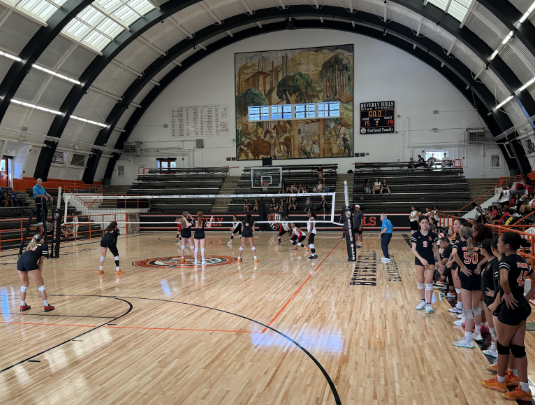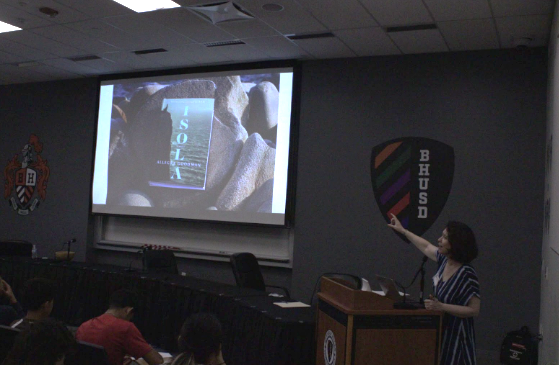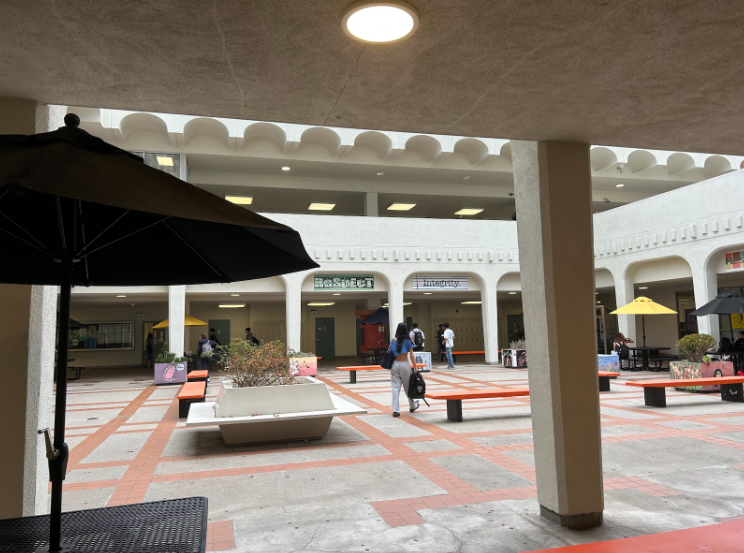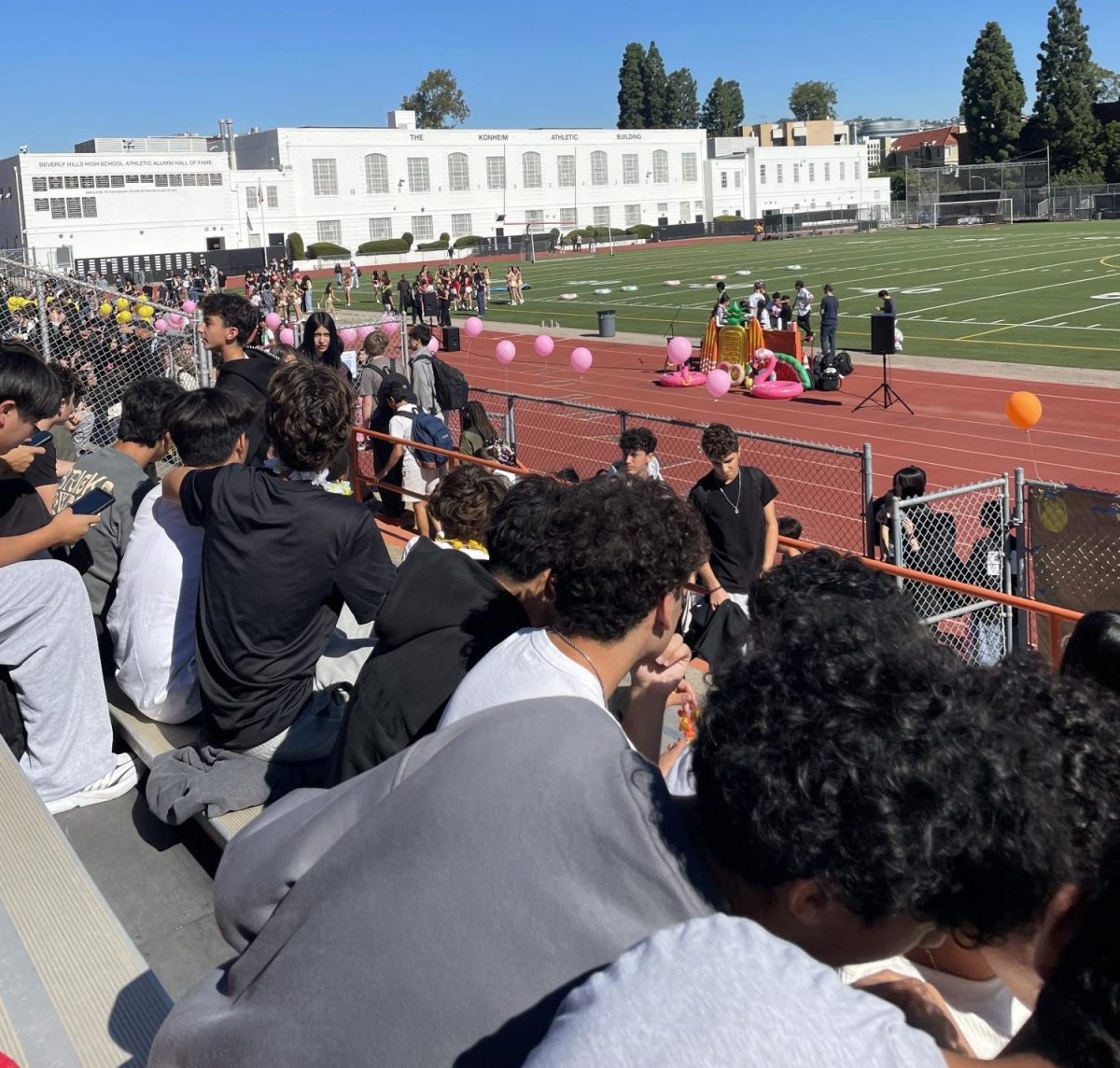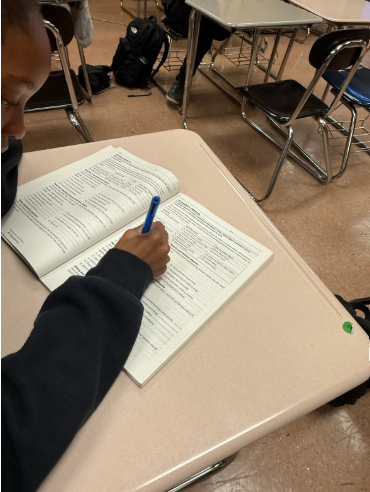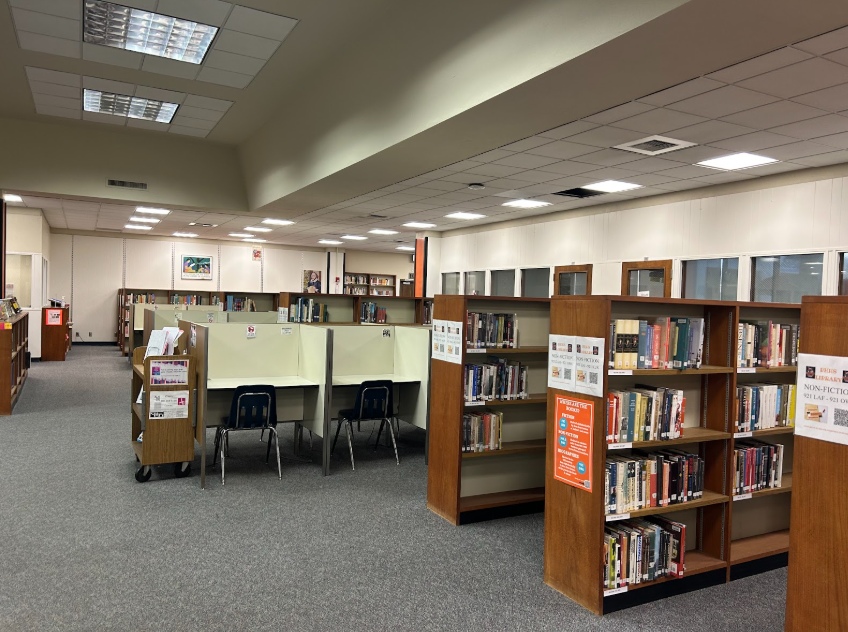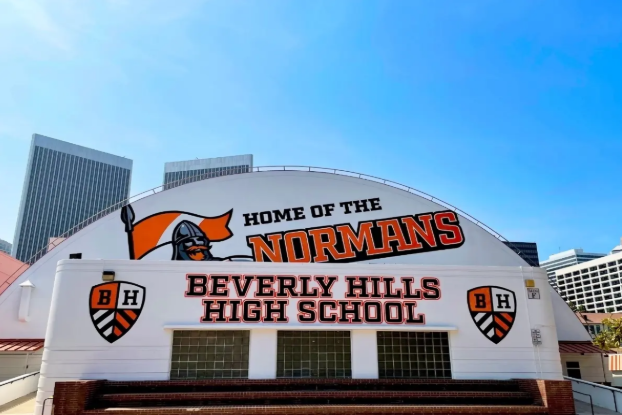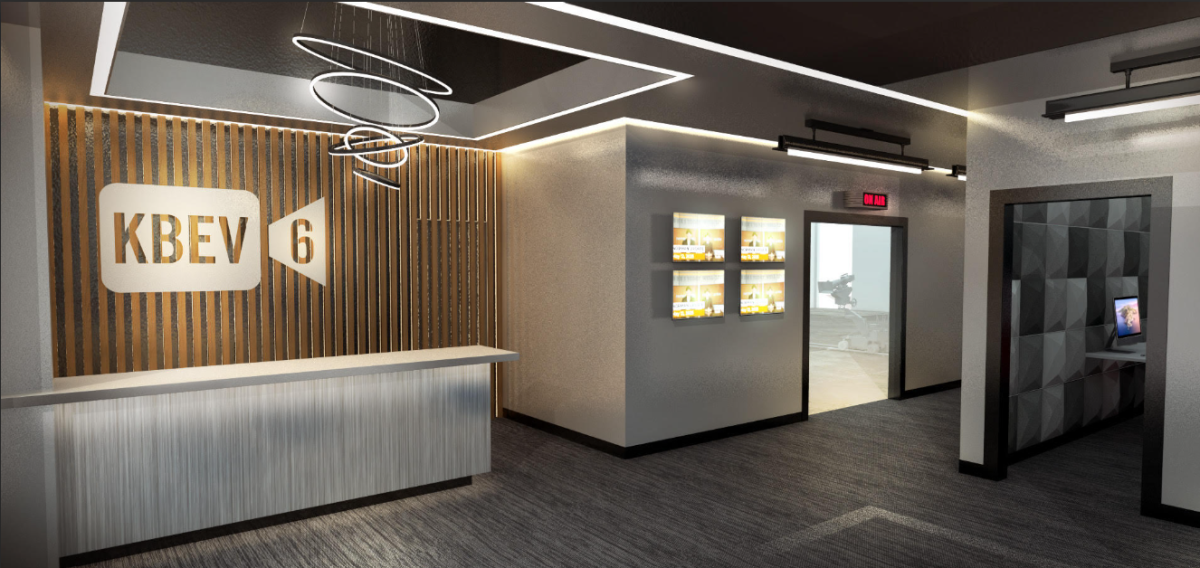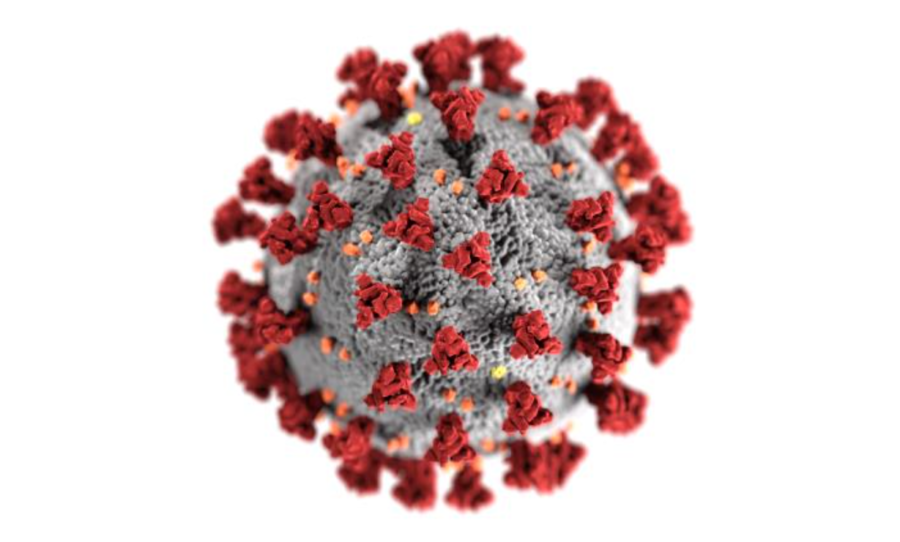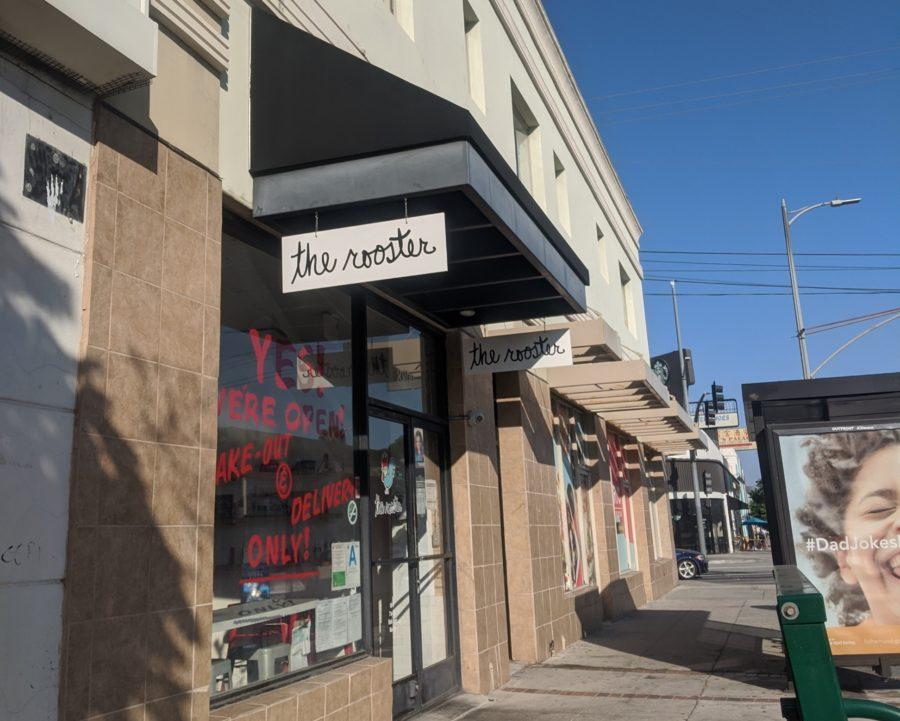Ben Dahan news editor
Keith Stone co-editor-in-chief
Max Yera co-editor-in-chief
With the first demolition-based stage of construction finished, the next phase, taking place on the first and second floor of the main building, as well as the K.L. Peters auditorium, is scheduled to resume after graduation.
Currently the architectural plans for the actual construction phase are pending approval from the Division of State Architects (DSA), the agency tasked with ensuring such plans are within the legal requirements. The district, finding convenient timing within the lull in work, has discontinued its contract with Totum Consulting and has instead opted to create its own, in-house team of construction (on-site) and program (big picture) managers.
“We are doing a shift,” Superintendent Dr. Michael Bregy said. “We are going to build our own team. We are going to use our own employees that are accessible. They’re here every day, and they’re just as qualified.”

For Bregy, part of the problem is the lack of clarity and layers of separation that come with hiring out a program management company, like Totum.
“Sometimes, when there’s an error, it’s like ‘who did that? Was it the actual construction work, or was it the material which someone else secured?’ It’s this huge web,” Bregy said. “If we’re trying to keep it inside, it’s more manageable.”
Additionally, Bregy maintains that this change in the plan will result in less money being spent on construction.
The modernization is split into two phases. Phase 1, the current phase, is paid for by the $334 million dollar Measure E bond voted in 2008. This phase entails the “demo and abatement” demolishment, of the entire interior of the main building facing the wall, termed “B1.” Also included is the modernization of the Peters Auditorium and, eventually, parts of the Salter Theatre.
Many of the older parts of the buildings, originally constructed in the late 20s and periodically renovated and added to since then, contain dangerous materials, such as lead paint and pockets of asbestos, which were removed to preserve the safety of the students and faculty.
According to the National Cancer Society (NCS), the heavily resistant material were increasingly used in construction for “strengthening cement and plastics as well as for insulation, roofing, fireproofing and sound absorption.”
However, when airborne and breathed in, according to NCS, this material “may get trapped in the lungs” and “cause scarring and inflammation, which can affect breathing and lead to serious health problems.” The substance has been labeled carcinogenic, causing of cancer by the Department of Health and Human Services, the Environmental Protection Agency and the International Agency for Research on Cancer.
The demolition and abatement in Phase 1 have required numerous change orders, an amendment to the plans usually with an added cost, due to discoveries of unexpected difficulties, such as unseen pockets of asbestos and unknown multiple layers of objects, such as windows and floors.
“Renovations are difficult because you don’t know what is behind that plaster wall, you don’t know what is above that ceiling,” John Serdar, the Totum program manager for the high school, said. “That’s one reason we split this work out was because we did the demo and abate which opened the structure and now the architect can come back in to get a better idea of things.”
Serdar maintains that the additional costs were unpreventable and that by including them in the demo and abatement phase, costs would be saved for the same processes during the renovation phase.
In addition, the demolition work resulted in several accidents, including an incident in which the telecommunication lines running towards the bungalows that house the Totum and Maintenance and Operations team were accidentally cut, and numerous incidents in which pipes in the lawn sprinkling system were broken.
According to Serdar, there was only one work-related injury, in which one of the workers fell off scaffolding and broke his leg.
The remainder of the envisioned modernization would be done in Phase 2, which is much more comprehensive, including a new pool and athletics building, new Baseball and Softball fields, and revamping the parking structure.
Measure Y, a bond for an additional $234 million, was put on the ballot last November to finance this second phase, but was defeated by almost 350 votes. Though three of the five school board members voted to put it on the ballot, this measure needed two thirds support to be passed.
Another ongoing project, though the details haven’t been finalized, is the replacement of the worn out football/soccer field, which has reached its shelf-life. This field barely passes the barebones safety requirements through the bouncy ball test.
Numerous athletes have received concussions on this field, portraying the necessity of the replacement.
“The time to replace the [football] field has come and passed already. The quality of our field is diminishing every year and the turf has to eventually be replaced,” senior football player Haik Mkrtchian said.
Phase 1 of the construction is not expected to be totally complete until after 2020; Phase 2 can not be started until a bond is approved by voters, with many of its individual projects contingent on the completion of others.
Current high school students can expect to remain in their bungalows for the foreseeable future, and the completely modernized campus will not be inhabited for years to come.
Categories:
Second phase of construction expected to be underway
May 19, 2017
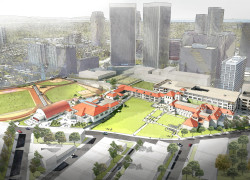
0
Donate to Highlights
$125
$1000
Contributed
Our Goal
Your donation will support the student journalists of Beverly Hills High School. Your contribution will allow us to purchase equipment and cover our annual website hosting costs.
More to Discover








